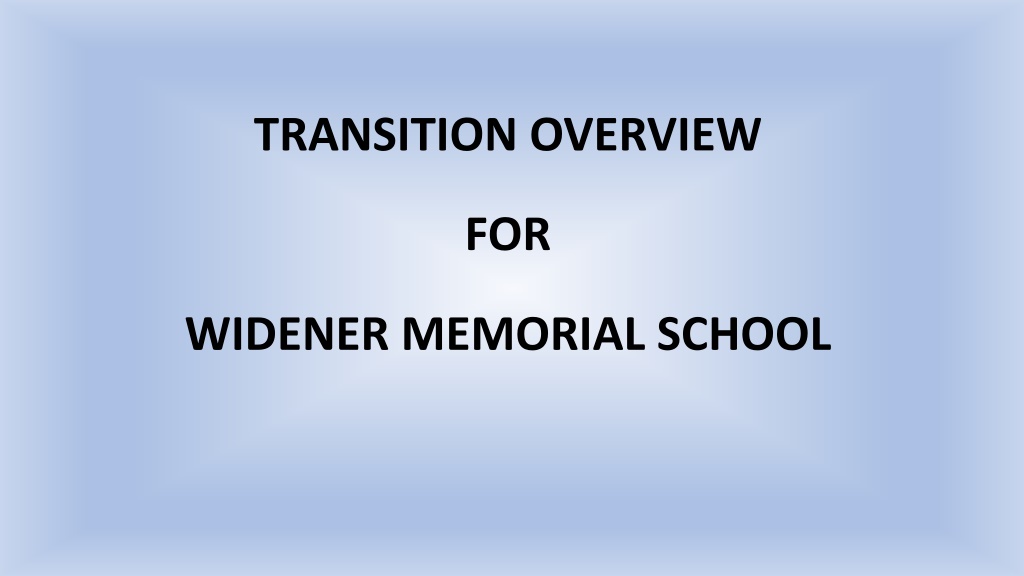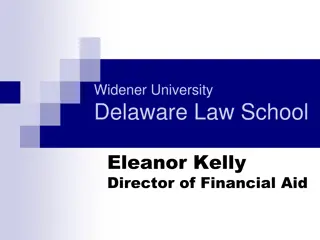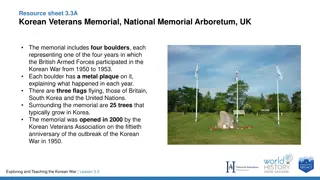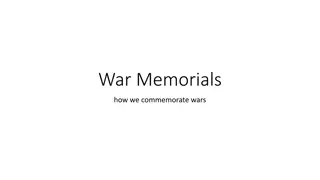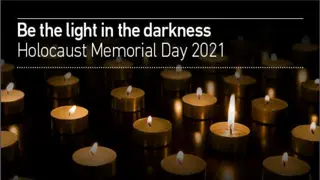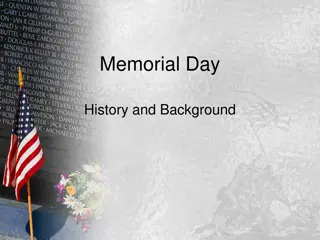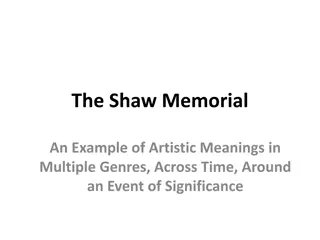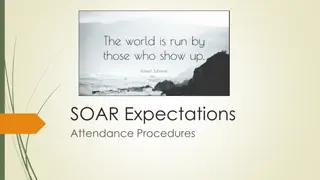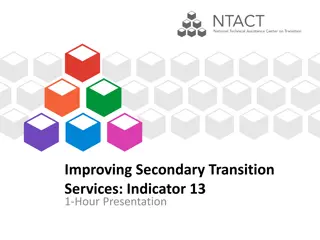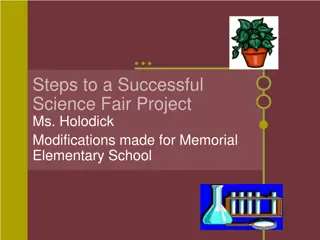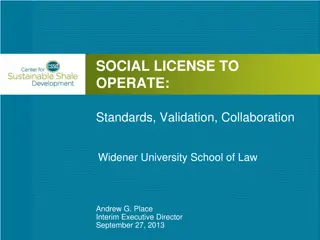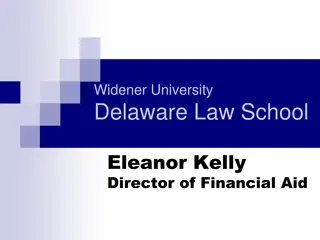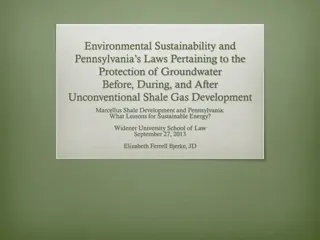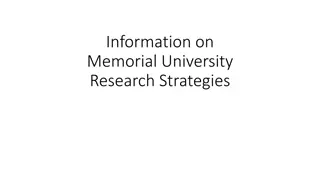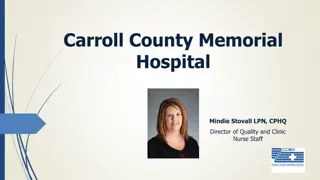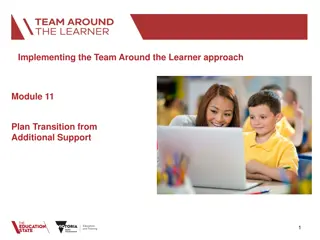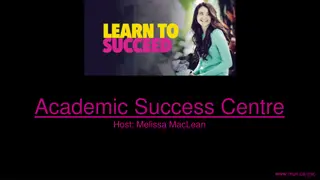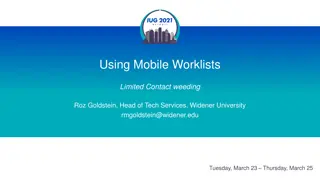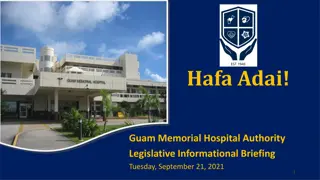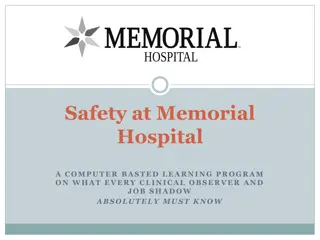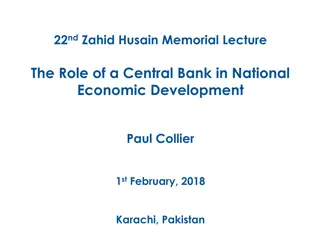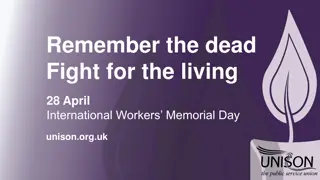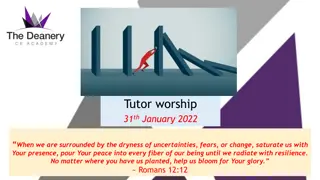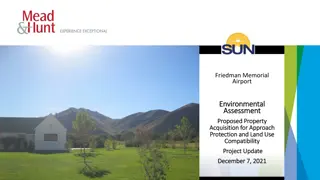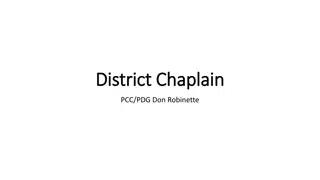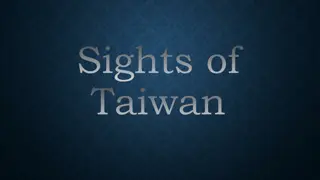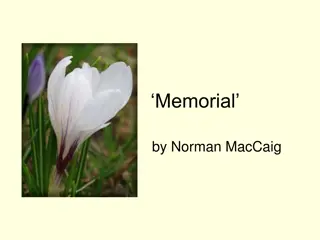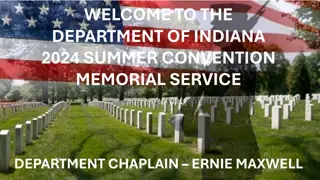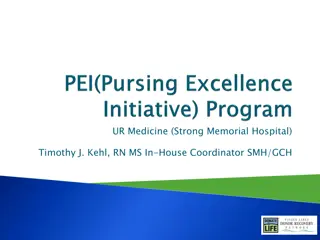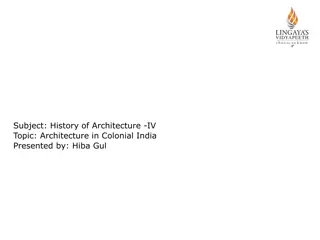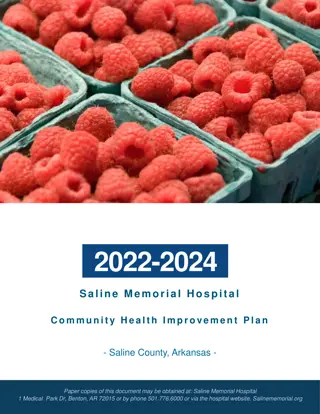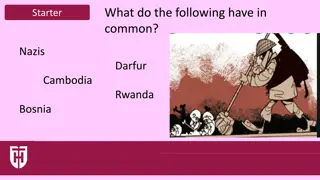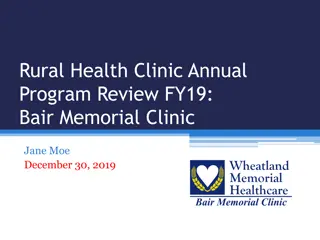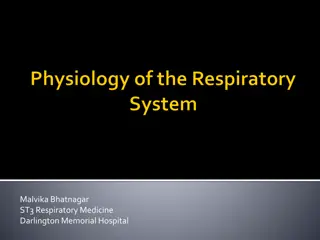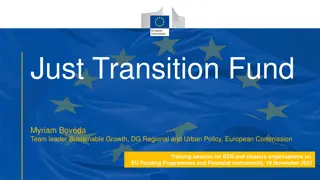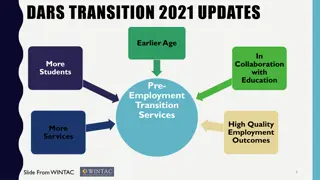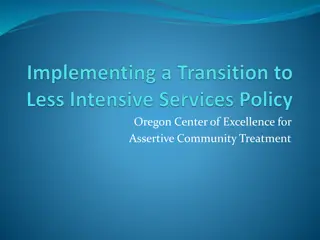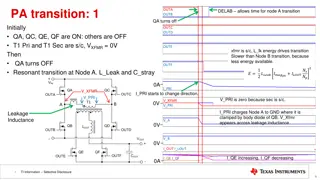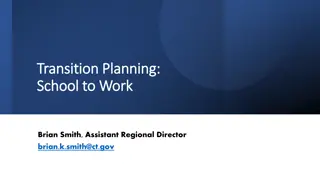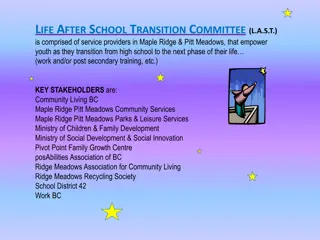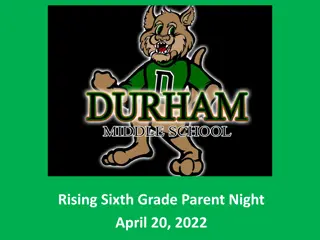Widener Memorial School Transition Overview
Widener Memorial School provides a comprehensive transition planning program for students with disabilities, focusing on IEP goals, employment, independent living, and post-secondary education. The school offers special education classes, related services such as interpreting, nursing, therapy, and counseling. Students with a range of disabilities including autism, hearing impairment, and intellectual disabilities are supported through evidence-based practices and individualized, interdisciplinary planning.
Uploaded on Oct 07, 2024 | 0 Views
Download Presentation

Please find below an Image/Link to download the presentation.
The content on the website is provided AS IS for your information and personal use only. It may not be sold, licensed, or shared on other websites without obtaining consent from the author. Download presentation by click this link. If you encounter any issues during the download, it is possible that the publisher has removed the file from their server.
E N D
Presentation Transcript
TRANSITION OVERVIEW FOR WIDENER MEMORIAL SCHOOL
TABLE OF CONTENTS TABLE OF CONTENTS Page 4 Transition Planning Special Education Classes 5 Related Services 6-7 Our Students 8-9 Practices & Curriculum 10
TABLE OF CONTENTS TABLE OF CONTENTS (CONT.) (CONT.) PAGE Transition Goals 11-12 Transition Anchors 13 Transition Curriculum 14 Indicators 13 & 14 15
Widener Memorial School Transition Planning Widener Memorial School Transition Planning Begins With Begins With IEP GOALS EMPLOYMENT INDEPENDENT LIVING POST-SECONDARY EDUCATION
SPECIAL EDUCATION CLASSES AT WIDENER SPECIAL EDUCATION CLASSES AT WIDENER LIFE SKILLS SUPPORT PHYSICAL SUPPORT MDS
RELATED SERVICES AT WIDENER RELATED SERVICES AT WIDENER Interpreting Services Nursing - Administering Medications/Treatment Occupational Therapy Physical Therapy
RELATED SERVICES AT WIDENER RELATED SERVICES AT WIDENER (CONT.) (CONT.) School-Based Counseling Special Transportation Speech/Language Therapy Vision & Hearing
OUR STUDENTS DISABILITIES OUR STUDENT S DISABILITIES Autism Deaf & Blindness Hearing Impaired Intellectual Disabilities Multiple Disabilities
OUR STUDENTS DISABILITIES OUR STUDENT S DISABILITIES (CONT.) (CONT.) Orthopedic Impairment Other Health Impairment Specific Learning Disability Visual Impairment
Transition Plan Includes Evidence Transition Plan Includes Evidence- -Based Practices and Curriculum and Curriculum Based Practices Individual Student-Focused Planning Student Development Interdisciplinary Collaboration Family Involvement Structured Programming
Goals of Widener Transition Plan Goals of Widener Transition Plan Identifying Personal Strengths Interpersonal Skills Cultivating Communication Skills Building Self-Advocacy
Goals of Widener Transition Plan Goals of Widener Transition Plan (CONT.) (CONT.) Developing Self-Determination Identifying and Overcoming Challenges Personal Goal Setting Exploring Career Options
Transition Anchors Transition Anchors Classes Starting in 9thGrade / Planning in 3rdGrade Workshop at Widener Workshops with Community Partners Work Experience at Job Site ACE (School-based work experience) Job Placement Transition Fairs
Transition Curriculum Transition Curriculum Naviance Unique Learning Systems (Transition)
Indicators 13 & 14 Indicators 13 & 14 Indicator 13 is a federal reporting requirement of the percentage of youth aged 16 and above who have an IEP that includes coordinated, measurable annual IEP goals and transition services that will reasonably enable the students to meet their post-secondary goals. Indicator 14 requires states to report the percent of youth who are no longer in secondary school, had IEPs in effect at the time they left school.
